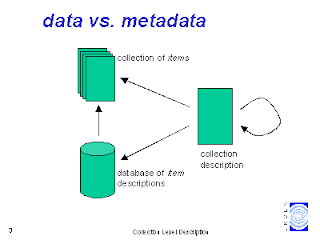Salesforce Architecture , Metadata and API
Multi tenancy is a bit like renting ho space in an office building. You get your own dedicated space, but you share resources for things like power and water, and someone else takes care of all the building maintenance for you.
For example, if the elevator needs maintenance, the building owner handles it for you.
Advantage:
customers, from small businesses to enterprise companies, are on the same code-base and all get the benefits of the same features, functionality, and automatic upgrades 3 times a year.
Metadata
It is Data about Data.
For example, if the elevator needs maintenance, the building owner handles it for you.
Advantage:
customers, from small businesses to enterprise companies, are on the same code-base and all get the benefits of the same features, functionality, and automatic upgrades 3 times a year.
Metadata
It is Data about Data.
You have configuration and customization specific to your business needs like page layouts for your Accounts, Contacts, Leads, and any custom objects. It also includes processes, assignment rules, and sharing and security settings. On the programmatic side, it might also include things like Visualforce pages and Apex triggers. All of this represents what you’ve configured and customized in your org.
If data has just been exported. The structure is still there, but the data itself is gone. What you’d have left, that underlying structure, that is the metadata. It’s all of your standard and custom functionality, and all of your configuration and code.
API
API stands for Application Programming Interface, and it’s essentially a contract between two pieces of software, allowing them to connect to each other and exchange information.
For example, if you were to plug your headphones into the last port on the right, you should start receiving audio information, even though the headphones and the computer don’t know how each other works. This is basically a hardware API in action. Similarly, software APIs allow two pieces of software to communicate with each other via an implied contract.



Comments
Post a Comment